The threat of hurricanes has increasingly become a concern for homeowners, particularly for those living in areas prone to these devastating storms.
Protecting property means not only securing the main house but also taking care of other structures, including sheds.
However, can you hurricane-proof sheds for real?
This detailed guide explores the processes, methods, and considerations involved in making your shed as resilient as possible against the fury of hurricanes.
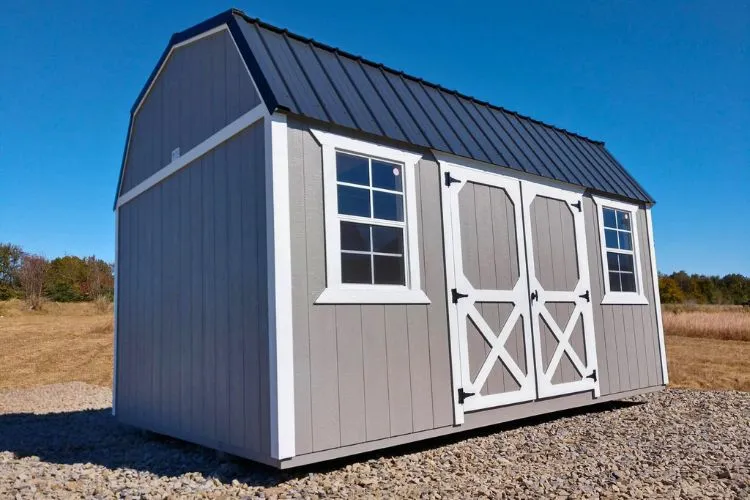
Contents
- 1 Understanding Hurricane Ratings and Their Impact on Structures
- 2 Can You Hurricane-Proof Sheds?
- 3 Strategies for Hurricane-Proofing Sheds
- 4 Additional Considerations
- 5 Regular Maintenance and Inspections
- 6 Incorporating Technology and Innovations
- 7 DIY vs. Professional Installation
- 8 Pro Tips
- 9 Frequently Asked Questions (FAQs)
- 9.1 How much does it typically cost to hurricane-proof a shed?
- 9.2 Can any shed be made hurricane-proof, or do some need to be replaced?
- 9.3 What are the most common mistakes people make when trying to hurricane-proof their sheds?
- 9.4 Are portable sheds or permanent sheds easier to hurricane-proof?
- 9.5 How can I check if my shed meets local hurricane-proofing building codes?
Understanding Hurricane Ratings and Their Impact on Structures
Hurricanes are categorized into five levels on the Saffir-Simpson Hurricane Wind Scale, with Category 1 being the least severe and Category 5 being the most extreme.
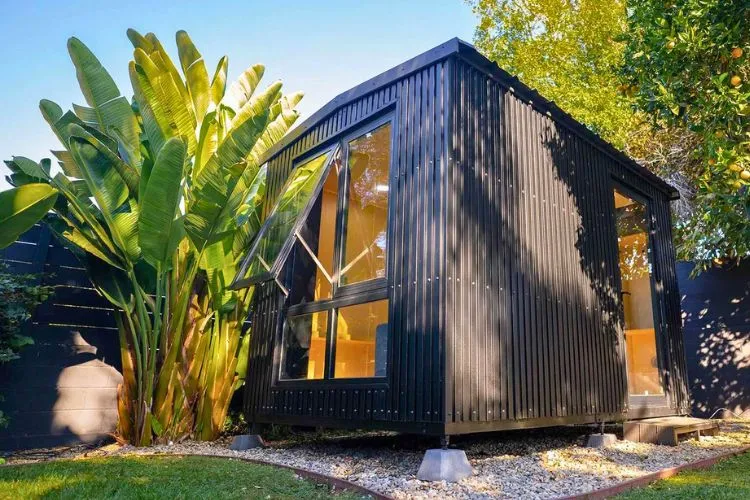
The damage inflicted by these storms can be catastrophic, with high winds and torrential rain posing a significant threat to all types of buildings, including sheds.
By adhering to local building codes tailored to mitigate storm impact, homeowners can enhance their shed’s ability to withstand hurricane conditions.
Can You Hurricane-Proof Sheds?
Existing Shed Evaluation
The initial step in hurricane-proofing is to conduct a thorough evaluation of your shed. Inspect the structure’s roof, walls, and doors for any signs of wear or weakness that could make it susceptible to storm damage.
Ensuring that these assessments are undertaken well in advance of any modification projects is vital.
Location Considerations
The positioning of your shed can significantly influence its survival during a storm.
Factors such as proximity to taller structures or its placement on open land can affect how it experiences wind and debris impacts.
Carefully assessing these elements helps in planning effective protective measures.
Strategies for Hurricane-Proofing Sheds
Reinforcing the Structure
Roof Reinforcement
The roof often bears the brunt of hurricane forces, making it imperative to secure it adequately.
Employing hurricane straps or clips can prevent the roof from detaching under the storm’s pressure, safeguarding the shed and its contents.
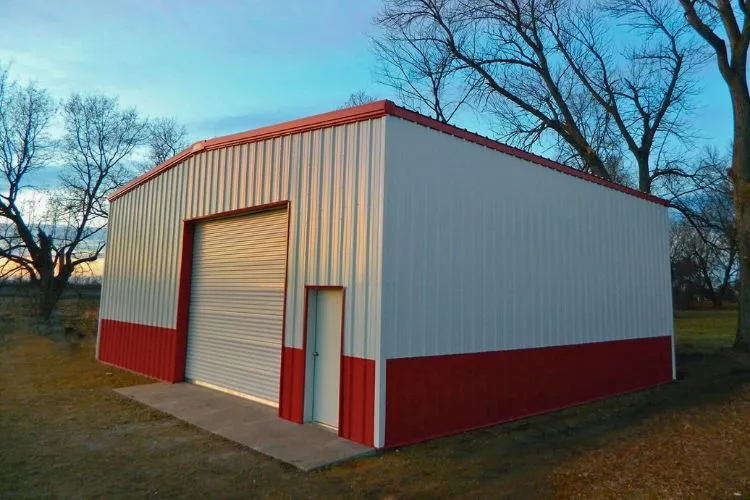
Wall Reinforcement
Strengthening the shed’s walls by adding extra framing or using sturdier materials can offer significant resistance to wind forces.
For sheds requiring substantial reinforcement, considering new materials and construction methods might be necessary.
Foundation and Anchoring
Anchoring Methods
Effectively anchoring your shed is crucial for its stability. Utilizing ground anchors, concrete piers, or foundation straps can aid in grounding the structure firmly, preventing it from being uplifted or shifted by strong winds.
Elevation Tips
In areas susceptible to flooding, elevating your shed can help in minimizing water damage. This might involve situating it on a raised platform or modifying the foundation to increase its height above expected flood levels.
Door and Window Protection
Implementing hurricane-resistant doors and windows or installing protective shutters can shield these vulnerable points from debris impact. This additional layer of protection can prevent significant damages within the shed.
Siding and Exterior Strengthening
Opting for siding materials known for their durability and impact resistance is advisable. Properly fastening the siding to the shed’s frame ensures it remains in place, further bolstering the structure’s resilience to hurricane conditions.
Additional Considerations
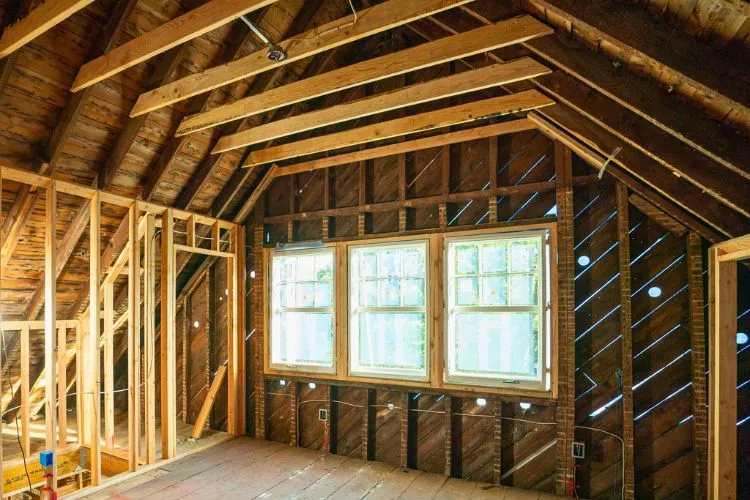
Surrounding Environment
Managing the environment around your shed by removing potential projectiles and trimming hazardous branches can drastically reduce the risk of damage.
A clean, well-maintained surrounding area is less likely to contribute to the shed’s destruction during a hurricane.
Insurance and Documentation
Ensuring your insurance policy adequately covers hurricane-related damages for outbuildings like sheds is crucial.
Keeping an up-to-date inventory and photographic records of both the shed and its contents can significantly streamline the insurance claim process if damage occurs.
Regular Maintenance and Inspections
Maintaining the integrity of your hurricane-proofing efforts through regular upkeep and professional inspections is essential.
Addressing minor repairs promptly and ensuring compliance with local building norms can keep your shed in the best possible condition to face future hurricanes.
Incorporating Technology and Innovations
Embracing advancements in construction materials and technology can enhance your shed’s resilience to hurricanes.
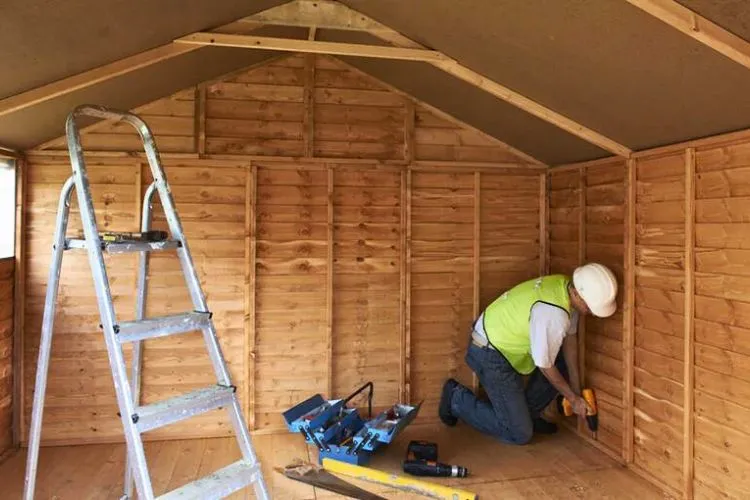
Additionally, utilizing weather alert systems can provide crucial lead time to secure your shed ahead of an approaching storm.
DIY vs. Professional Installation
The decision to undertake hurricane-proofing tasks yourself or engage professional services depends on the scope of required modifications and your comfort level with the tasks.
While some enhancements might be manageable as DIY projects, more complex structural changes likely warrant professional expertise to ensure optimal implementation.
Pro Tips
Here are additional tips to consider when hurricane-proofing your shed:
- Timely maintenance can prevent minor issues from becoming major vulnerabilities.
- Regular professional inspections can uncover hidden weaknesses in the structure.
- Focusing on anchoring and structural reinforcement provides a strong defense against winds.
- Compliance with local building codes is not only a legal requirement but also a guideline for best practices in storm resilience.
Frequently Asked Questions (FAQs)
How much does it typically cost to hurricane-proof a shed?
The cost of hurricane-proofing a shed can vary widely, depending on the shed’s size and the extent of the necessary modifications. Budgeting from a few hundred to several thousand dollars is advisable.
Can any shed be made hurricane-proof, or do some need to be replaced?
Although many sheds can be retrofitted to improve their storm resistance, those that are severely damaged or fundamentally flawed in design may require replacement.
What are the most common mistakes people make when trying to hurricane-proof their sheds?
Underestimating the importance of securing the roof and proper anchoring are common oversights that can compromise a shed’s hurricane resilience.
Are portable sheds or permanent sheds easier to hurricane-proof?
Permanent sheds generally offer a better foundation for hurricane proofing due to their more solid construction and potential for in-depth modifications.
How can I check if my shed meets local hurricane-proofing building codes?
Consulting with local building authorities or hiring a professional to evaluate your shed’s compliance with current building codes is the best approach to ensure it meets necessary safety standards.
Conclusion:
Hurricane proofing your shed requires careful planning, execution, and maintenance.
By understanding the risks posed by hurricanes and implementing targeted protective measures, you can enhance your shed’s durability against these powerful storms.
Remember, the goal is not just to survive the next hurricane but to do so with minimal damage and disruption.
By taking informed, proactive steps toward hurricane-proofing your shed, you’re setting the stage for greater peace of mind when storm clouds gather on the horizon.

Sergio Gomes, a passionate advocate for outdoor living and the male voice behind Shades Authority. With years of experience, Sergio is your trusted source for expert insights on gazebos, pavilions, cabanas, pergolas, and all things outdoor shade solutions. Join him on a journey to transform your outdoor spaces into stunning, functional retreats
